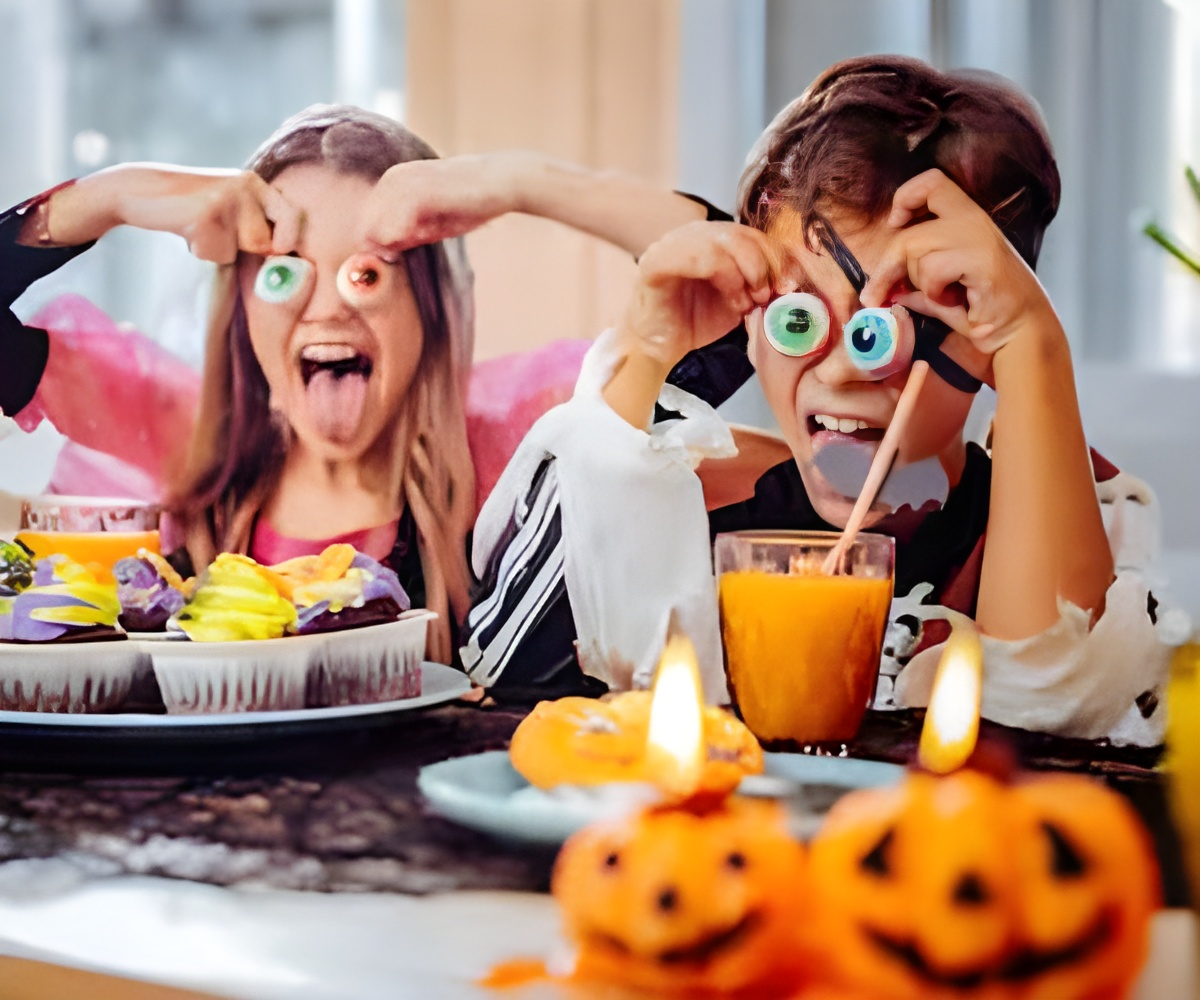Halloween may up pedestrian fatalities, especially among children. Improve pedestrian safety on this Halloween by slowing down traffic and improving pedestrian visibility by limiting on-street parking.

"Collecting 'trick-or-treat' candy from neighbors has been a Halloween tradition among children for over a century, and adult Halloween parties have become increasingly popular in bars and on campuses across North America," said lead researcher Dr. John Staples, clinical assistant professor in the UBC faculty of medicine and scientist at UBC's Center for Health Evaluation and Outcome Sciences. "We wondered if the combination of dark costumes, excitement and alcohol made the streets more dangerous for pedestrians. Our findings suggest that it does."
Dr. Staples and his co-investigators examined 42 years of National Highway Traffic Safety Administration data on all fatal traffic crashes in the United States between 1975 and 2016. The researchers compared the number of pedestrian fatalities between 5 p.m. and midnight on Halloween with the number during the same hours on control days one week earlier and one week later.
The investigators found that the average Halloween resulted in four additional pedestrian deaths. The increase in risk occurred throughout the U.S. and almost all additional fatalities were children or young adults. The most dangerous time was between 5 p.m. and 8 p.m.
Candace Yip, study co-investigator and UBC undergraduate student in the faculty of science, said the findings suggest a need to improve pedestrian safety throughout the year.
"Our findings suggest there are opportunities to improve pedestrian safety on Halloween, but they also highlight ways that traffic safety might be improved on the other 364 days of the year," said Yip. "Residential traffic calming, vehicle speed control, and incorporating reflective patches into outerwear might improve pedestrian safety year-round."
"A dead pedestrian cannot be brought back to life," said Redelmeier. "Yet almost all these deaths can be avoided by a small change in behaviour."
Source-Eurekalert
 MEDINDIA
MEDINDIA




 Email
Email




